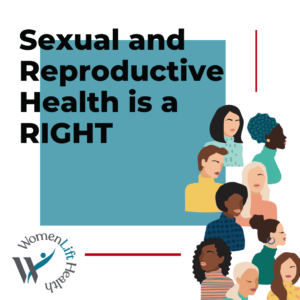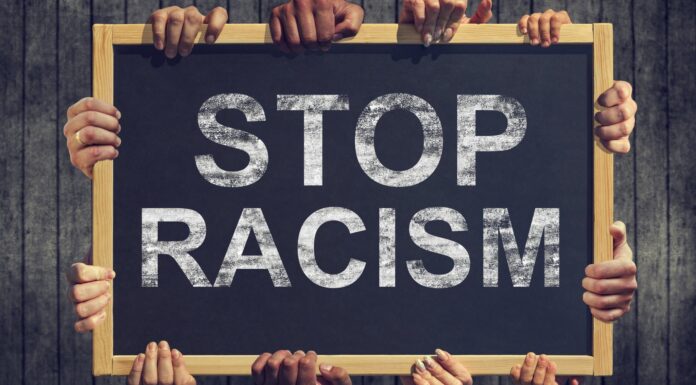A state of total physical, mental, and social well-being in all aspects pertaining to the reproductive system and its functions is referred to as sexual and reproductive health (SRH). It covers a wide range of subjects and offerings that improve people’s general wellbeing, including as family planning, safe and healthy pregnancies, delivery, and the prevention and treatment of STIs (sexually transmitted diseases).
Key components of sexual and reproductive health include:
Safe and Healthy Pregnancies:
For the pregnant woman’s and the developing fetus’s health, access to appropriate prenatal care and information is essential. For a safe pregnancy, regular checkups, healthy nutrition, and the right medical measures are crucial.
Maternal Health:
One of the core tenets of SRH is ensuring the health of expectant moms and new mothers. Access to expert prenatal care, birthing services, and postpartum care are all included in this to help reduce difficulties and encourage positive results.
Prevention and Management of STIs:
the spread of sexually transmitted diseases (STIs) such gonorrhoeic, chlamydia, syphilis, and HIV. It also entails giving people who are impacted the appropriate diagnosis, treatment, and support.
Safe Abortion and Post-Abortion Care:
One of the most important components of SRH is access to post-abortion care and safe and legal abortion procedures. Making sure people have access to these services aids in the reduction of risky abortions and related health issues.
Sexual Health Education:
For the purpose of encouraging healthy sexual behavior, avoiding unwanted pregnancies, and lowering the risk of STIs, comprehensive and age-appropriate sexual education is crucial.
Gender Equality and Empowerment:
Improving SRH outcomes requires addressing gender inequality and supporting individual empowerment, especially for women and girls. This entails making sure that everyone has access to economic opportunity, education, and power.
Youth SRH:
In order to give teenagers and young adults accurate information, access to contraception, and assistance in making decisions about their sexual and reproductive lives, SRH programmed must be specifically tailored to meet their requirements.
Contraceptive Methods:
Individuals can use a variety of contraceptive techniques, including hormonal ones (like birth control pills, patches, and injections), barrier ones (like condoms and diaphragms), intrauterine devices (IUDs), and long-term ones (like sterilization). Giving people a variety of options enables them to select the strategy that most closely matches their needs and preferences.
Infertility and Assisted Reproductive Technologies:
SRH is crucial in addressing infertility and giving people and couples who are having trouble becoming pregnant access to assisted reproductive technologies (including in vitro fertilizations, surrogacy, and egg donation).
Sexual and Gender Minority Health:
LGBTQ+ people have particular SRH needs and difficulties. To address their unique health issues and provide equal access to care, healthcare services that are culturally sensitive and inclusive are required.
Counseling and Support Services:
SRH is fundamentally dependent on psychological and emotional health. Individuals and couples dealing with concerns relating to sexual health, infertility, and pregnancy loss should have access to counselling and support services.
Violence and Sexual Assault Prevention:
SRH initiatives also address and prevent sexual assault, harassment, and violence. To ensure people’s autonomy and wellbeing, consent education and safe surroundings must be promoted.
Sexual Dysfunction and Well-being:
Important facets of SRH include addressing sexual dysfunction and fostering sexual well-being. Healthcare professionals should be prepared to talk about and offer advice on matters pertaining to sexual function and pleasure.
Promoting sexual and reproductive health requires a comprehensive, all-encompassing strategy that takes into account the many needs, interests, and circumstances of people and communities. To develop a supportive environment that enables everyone to make educated decisions about their sexual and reproductive well-being, cooperation between healthcare professionals, policymakers, educators, advocates, and individuals themselves is necessary.





























